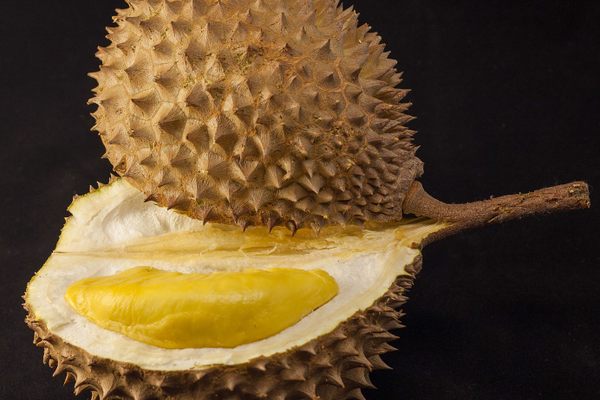Pawpaws are the only large fruit native to North America—they fed mastodons and bear-sized ground sloths millennia ago. More recently, Native Americans ate pawpaws, and George Washington enjoyed them as a favorite dessert. Yet they are little known today.
Native to the eastern half of the United States, pawpaws are a little bigger than an avocado and comparably heavy. A ripe pawpaw has an almost liquid texture with a pungent, sweet smell and a taste reminiscent of tropical fruits such as mangoes and bananas. (They’re sometimes referred to as the poor man’s banana or hillbilly mangoes.) In terms of taste, the fruit is at times celebrated, and at times belittled. Advocates praise pawpaws’ creamy, tropical taste. Agronomist E. Sturtevant described them as “too luscious for the relish of most people,” and botanist William Werthner said of their puckery flavor “only a boy can eat more than one at a time.”
In the earliest days of human society, pawpaw trees were unusually generous. Fruits and vegetables such as corn, strawberries, and carrots were small and bitter before humans tediously grafted and bred them for size and flavor. But wild pawpaws were large, and the fruit is one of the world’s most nutritious, providing a good source of potassium, several amino acids, and Vitamin C, iron, and copper. Pawpaws were a staple of many Native American diets, and Lewis and Clark were content to live off them during a leg of their 1804-06 journey across America.
But while many shortcomings of apples and strawberries were bred away, a lingering characteristic of the pawpaw became a liability in the modern world: its short shelf life. The trees are only harvestable from late August to mid-September, and if kept at room temperature, the fruit ripens to the point of fermentation within three days. Pawpaws bruise easily, and the only effective way to ship them is frozen.
Research to develop pawpaws for the mass market is still in early stages, but a cult following has developed in the last 20 or so years. At Ohio’s annual Pawpaw Festival, vendors sell pawpaw ales, ice cream, and other pawpaw foods.
Written By
 Michael Inscoe
Michael Inscoe















